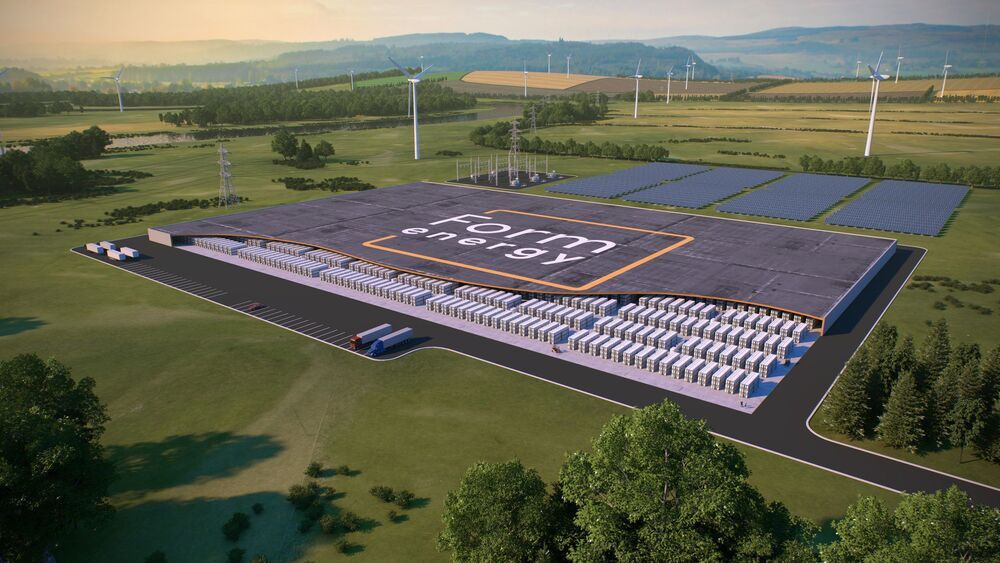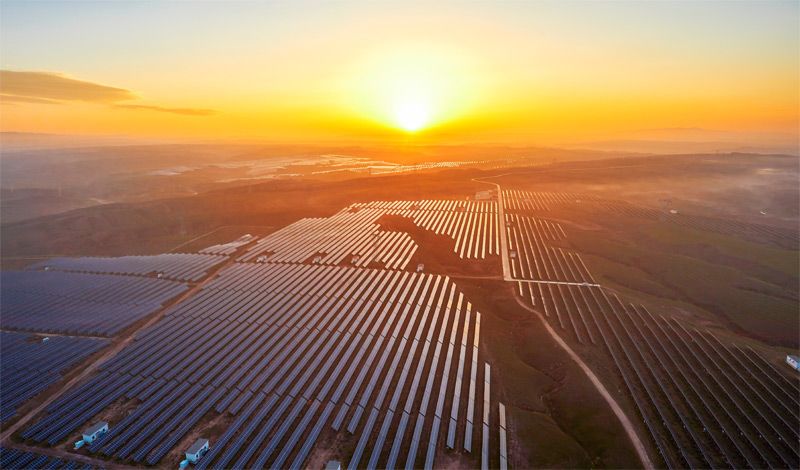Boston startup Form Energy has secured $200 million Series D funding for the development of what is being called a breakthrough in energy storage. #solarenergy #solarpv #solar
Solar and wind power have variability in their productive hours, as multi-day weather events can impact output. Therefore, multi-day storage that is cost effective is important in grid reliability.
Boston startup Form Energy developed technology to address this need, revealing recently the chemistry behind their iron-air batteries. The company said its iron-air batteries can deliver renewables-sourced electricity for 100 hours at system costs competitive with conventional power plants. At full-scale production, Form Energy said the modules would deliver electricity at tenth the cost of lithium-ion batteries.
The iron-air battery is composed of cells filled with thousands of iron pellets that are exposed to air and create rust. The oxygen is then removed, reverting the rust to iron. Controlling this process allows the battery to be charged and discharged.







